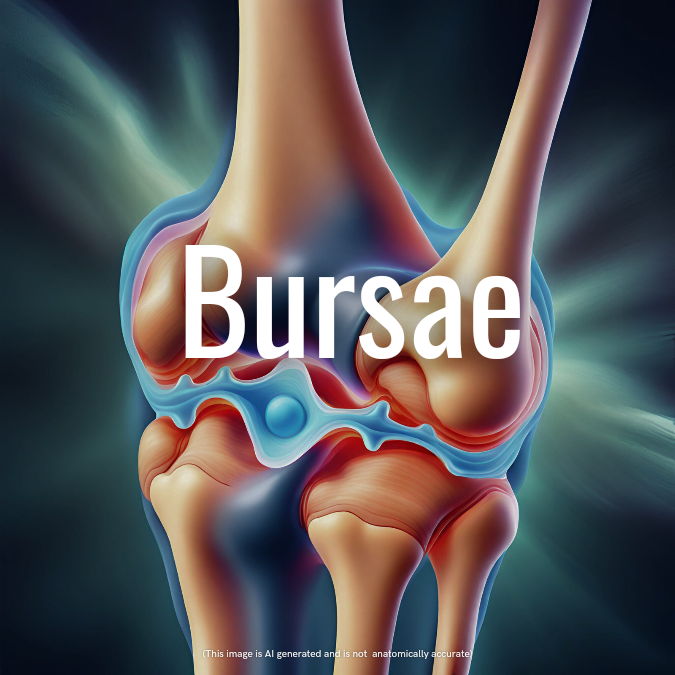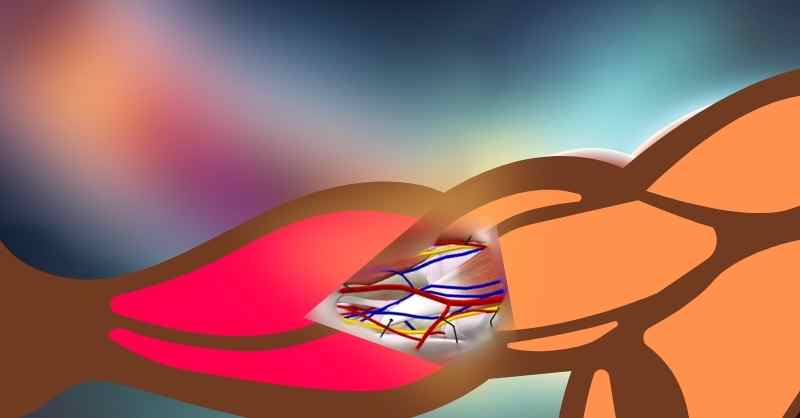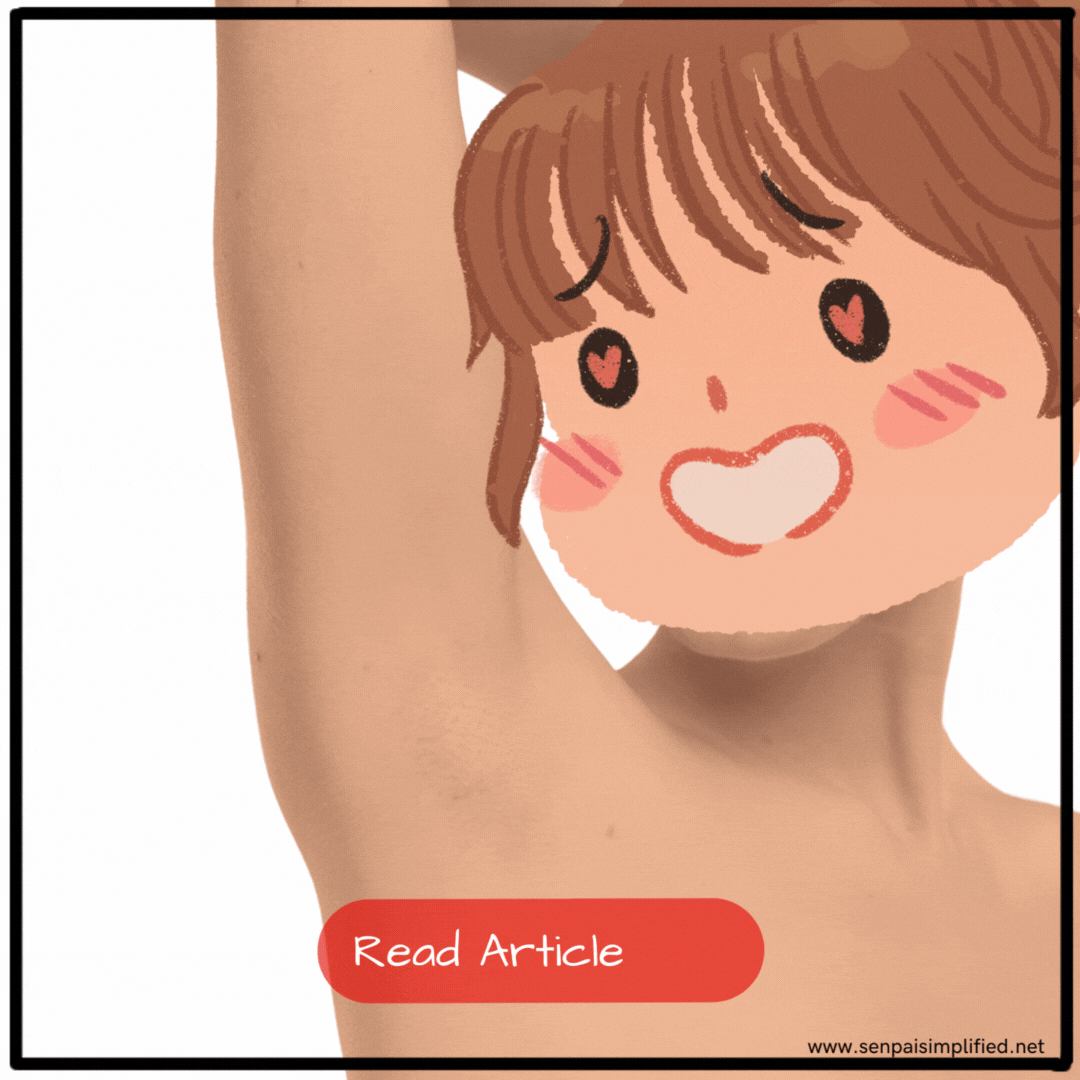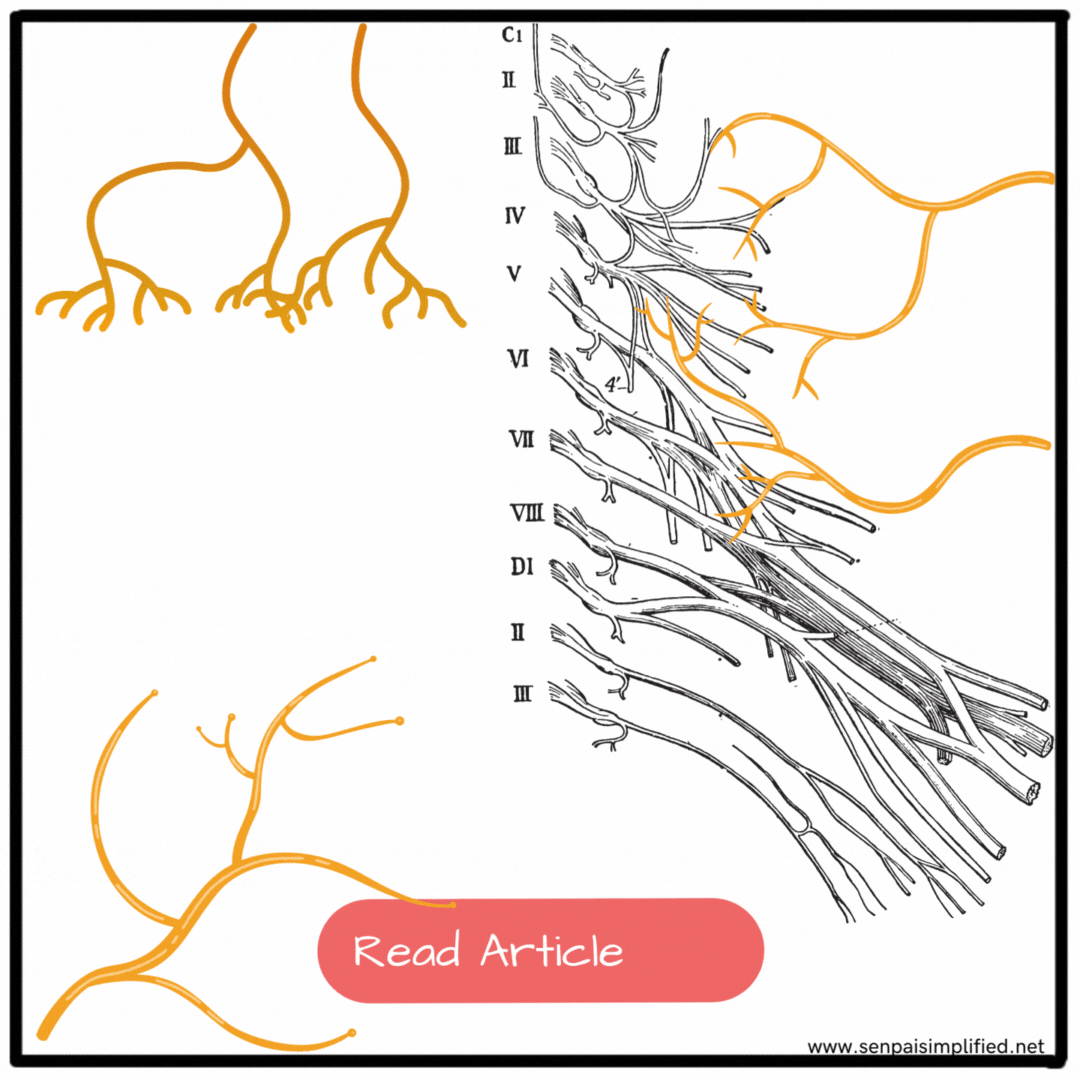Your cart is currently empty!
-

Knee Joint: Structure, Function, and Clinical Considerations
The knee joint is a complex synovial joint that plays a crucial role in lower limb movement and stability. In this article, we will explore the anatomy, ligaments, bursae, and movements of the knee joint, as well as some important clinical considerations. Anatomy of the Knee Joint The knee joint consists of two condylar joints… Continue reading
-

Bursae of the Lower Limb and Associated Clinical Conditions
The lower limb contains several bursae, which are fluid-filled sacs that help reduce friction between tissues. In this article, we will explore the bursae of the lower limb and their associated clinical conditions. Weaver’s Bottom: This condition refers to the inflammation of the bursa over the ischial tuberosity, which occurs as a result of excessive… Continue reading
-

Anatomical Snuffbox
The anatomical snuffbox is a fascinating triangular depression located on the dorsolateral aspect of the hand. Its unique name originates from its historical use as a container for holding snuff, a type of ground tobacco. In this article, we delve into the anatomy, boundaries, contents, and clinical significance of the anatomical snuffbox. Anatomy of the… Continue reading
-

Carpal Tunnel
The carpal tunnel is a crucial anatomical structure located in the wrist region. It serves as a passageway for important structures, including the long flexor tendons and the median nerve. This WordPress post delves into the details of the carpal tunnel, its components, anatomical borders of the flexor retinaculum, and clinical considerations. Anatomy of the… Continue reading
-

Cubital Fossa
In this article, we will delve into the cubital fossa or Chelidon, a triangular depression located in front of the elbow. It serves as a significant transitional area between the arm and the forearm, playing a crucial role in various clinical procedures. Let’s explore the cubital fossa in detail: Introduction The cubital fossa is a… Continue reading
-

Axilla
The axilla, often referred to as the armpit, is a crucial anatomical region connecting the upper limb to the trunk. In this WordPress post, we will explore the anatomy and clinical considerations related to the axilla. Anatomy of the Axilla We can describe the axilla as a four-sided pyramid with its base directed laterally and… Continue reading
-

Brachial plexus
The brachial plexus is a complex network of nerves that originates from the anterior (ventral) primary rami of C5, C6, C7, C8, and T1 spinal nerves. It plays a vital role in the innervation of the upper limb. Let’s explore the anatomy and components of the brachial plexus in more detail: Anatomy of the Brachial… Continue reading
-

The Venous Drainage of the Upper Limb
The venous drainage of the upper limb is a crucial component of the circulatory system. It involves two primary venous systems: the deep veins and the superficial veins. In this article, we will explore the anatomy and characteristics of these venous systems and their role in draining blood from the upper limb. Deep Veins Deep… Continue reading
-

Histology Basics
Histology slides provide valuable insights into their structure, composition, and cellular organization. In this article, we will guide you through the process of identifying and describing histology slides effectively. From recognizing tissue types and cellular components to understanding staining techniques and interpreting key features, we will provide you with practical tips and terminology to enhance… Continue reading

